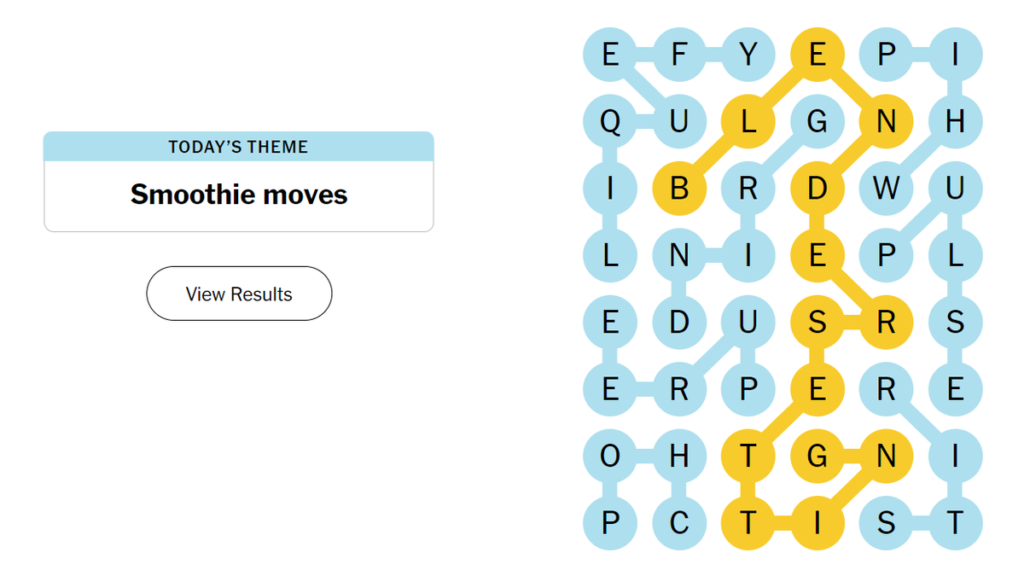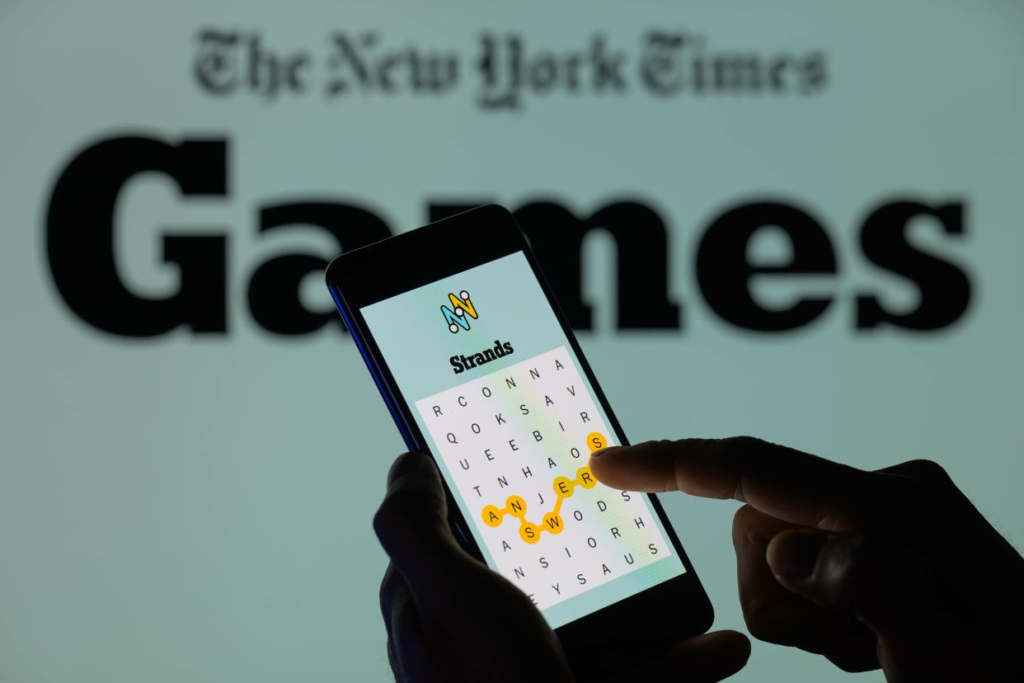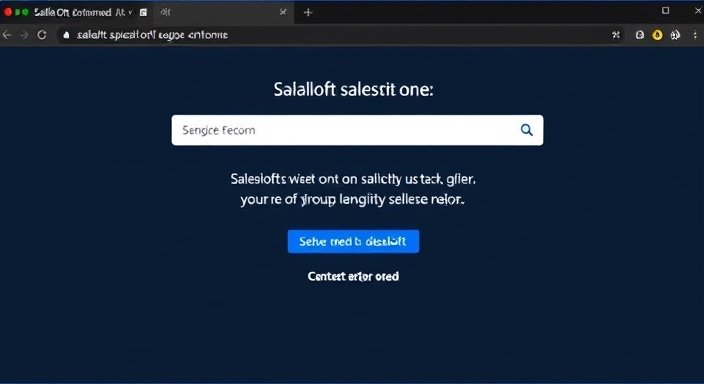The New York Times NYT Strands Hints crossword puzzle has long been one of the most beloved and challenging pastimes for puzzle enthusiasts around the world. But among the various techniques and strategies that players employ to crack the puzzles, one feature has garnered particular attention: the NYT Strands Hints. These subtle clues and tips have become a key part of solving the puzzles, offering both novice and expert solvers a unique advantage in deciphering the increasingly complex crosswords. In this article, we will explore the role of NYT Strands Hints, how they work, and strategies for using them effectively to enhance your puzzle-solving experience.
What Are NYT Strands Hints?
“NYT Strands Hints” refer to the auxiliary hints provided by The New York Times crossword puzzle, especially in the online version. These hints are meant to guide solvers through particularly tricky parts of the puzzle or help them unlock difficult clues that may otherwise remain unsolved. The term “Strands” comes from the NYT’s crossword app feature that offers these hints as you engage with the puzzle. They are not full answers but rather breadcrumbs or nudges in the right direction, ensuring the solvers can continue moving forward without getting overly stuck.
The Strands feature is useful for players who might find themselves stalled, allowing them to bypass certain parts of the puzzle with an additional clue or strategy. While the hints don’t give away the entire solution, they often provide insightful nudges that improve the overall puzzle-solving experience. These hints are typically subtle, requiring solvers to use them as a stepping stone rather than a complete solution.

How NYT Strands Hints Work: The Mechanics
Understanding how to use the Strands hints effectively is key to mastering the art of crossword solving. Here’s how the process works:
1. Strands Hints Appear in Context
Strands Hints are integrated seamlessly within the crossword puzzle, typically after you’ve made several unsuccessful attempts to solve certain clues. These hints are context-sensitive, which means they’re more likely to appear when you seem to be stuck or struggling with a specific area of the puzzle. The hints usually appear as part of the app interface, with a simple option to tap and reveal more information.
2. Hints are Subtle and Indirect
Unlike traditional crossword puzzle clues, which are designed to lead you directly to an answer, Strands Hints are often indirect and designed to prompt a shift in thinking. For example, a hint might not provide the definition of a word but might suggest a different approach or guide you towards a synonym or a related concept. This makes them distinct from the answer itself and forces the solver to work their way through the logic and reasoning required to reach the correct solution.
3. Hints Are Limited
One of the key features of Strands Hints is their limited nature. The hints are not provided freely and can only be used sparingly. This prevents over-reliance on hints and encourages solvers to rely on their own skills and knowledge to solve the puzzle. The limited supply of hints can add an extra layer of challenge to the puzzle-solving experience, as you need to decide when and where to use them wisely.
4. Hints Help You Build Confidence
For beginners or those who may not be as familiar with the intricacies of wordplay and trivia, Strands Hints can help boost confidence. They often come in the form of an additional clue that pushes you in the right direction, helping you to continue making progress. As you begin to connect the dots, you may find that you’re able to solve the next clue on your own without needing additional help.

Types of Strands Hints and How They Aid Puzzle Solving
The NYT Strands Hints typically come in different forms, depending on the difficulty level and the context of the puzzle. Understanding the different types of hints available can help you decide how best to approach the puzzles.
| Type of Hint | Description | Best Use Case |
|---|---|---|
| Definition-based | Provides a clearer or simpler version of the clue’s definition or gives a synonym. | When you need help understanding the wordplay or meaning behind a tricky clue. |
| Letter-based Hints | Reveals one or two letters in the crossword grid that could help unlock several surrounding clues. | When you’re struggling with a specific word and need a bit of assistance without spoilers. |
| Word-length Clue | Gives you the exact number of letters in the word, or hints at possible word structure. | Useful for when you know the answer’s length but can’t come up with the right word. |
| Contextual Guidance | Offers a clue that nudges you towards a certain theme or category related to the crossword. | Great for themed puzzles where the answer is linked to a specific subject. |
| Historical/Cultural Reference | Provides background information or hints at historical or cultural references required to solve a clue. | Helps when you’re stumped by obscure references in more challenging puzzles. |
Definition-Based Hints
Sometimes, the most difficult aspect of a crossword puzzle is understanding the subtle nuances of a definition. A definition-based hint from the Strands feature will simplify the clue, making it easier for you to understand. For instance, if the original clue reads, “A sudden burst of laughter,” a Strands Hint may provide a more direct clue, such as “A short burst of laughter,” leading you to the answer “Chuckle.”
Letter-Based Hints
These hints can be incredibly useful when you have a word’s length but can’t quite figure out what fits. For example, if you’re stuck on a four-letter word, Strands might provide you with one of the letters in that word, helping you to fill in the blanks. These letter-based hints might come after a few wrong guesses or if you’ve been staring at an empty square for a while.
Word-Length Clues
Some puzzles involve words with a specific number of letters that fit into a larger grid. If you’re having difficulty finding a word that fits, Strands Hints can confirm the exact number of letters needed, helping you refine your guesses. This is especially helpful in cryptic crosswords where wordplay can be abstract and tricky.
Contextual and Cultural References
The NYT crossword is known for its wide range of themes, many of which are based on pop culture, literature, or history. Strands Hints often provide subtle contextual clues that point you toward a specific cultural or historical reference, helping you unlock more obscure clues. For example, a clue like “The birthplace of jazz” might initially stump you, but a hint pointing to New Orleans could immediately direct you to the answer.

Using NYT Strands Hints Wisely: Strategies for Solvers
As useful as Strands Hints can be, it’s important to use them strategically to avoid becoming overly reliant on them. Here are a few strategies to maximize their effectiveness:
1. Use Hints as a Last Resort
Strands Hints are there to help you when you’re truly stuck, but the best strategy is to try to solve the puzzle on your own first. If you can make progress without needing a hint, you’ll likely feel more accomplished and sharpen your puzzle-solving skills. Only reach for a hint when you’re really at an impasse.
2. Focus on Difficult Areas
Focus your use of Strands Hints on the most difficult parts of the puzzle, particularly when you’re dealing with obscure or complex clues. For instance, if you’re working through a themed crossword and hit a roadblock on a particular reference, a cultural hint could help you get back on track.
3. Don’t Overuse Hints
While Strands Hints are helpful, they’re also limited. It’s important to use them judiciously so you don’t run out of hints prematurely. By saving them for the truly challenging parts of the puzzle, you ensure that you’re getting the most out of this feature without making the solving process too easy.
4. Learn from the Hints
Every hint you receive can be a learning opportunity. Take note of the types of clues or word patterns that lead you to use the hints, and try to learn from them. Over time, you’ll develop a stronger intuition for recognizing tricky crossword patterns, reducing your dependence on hints in the future.
Conclusion: The Value of NYT Strands Hints in Crossword Solving
The NYT Strands Hints feature is a powerful tool that can make your crossword-solving experience more enjoyable and less frustrating. By offering subtle guidance without directly giving away the answers, Strands Hints allow solvers to build their confidence and keep progressing through challenging puzzles. While these hints should be used sparingly, they provide an invaluable resource when you’re truly stuck or need a little nudge in the right direction.

As you continue to use Strands Hints and engage with The New York Times crossword puzzles, remember that the ultimate goal is to challenge yourself and have fun while solving. The more you puzzle, the better you’ll become at recognizing clues, patterns, and wordplay – and with Strands Hints in your toolkit, even the most complex puzzles will feel like a breeze. Happy solving!



